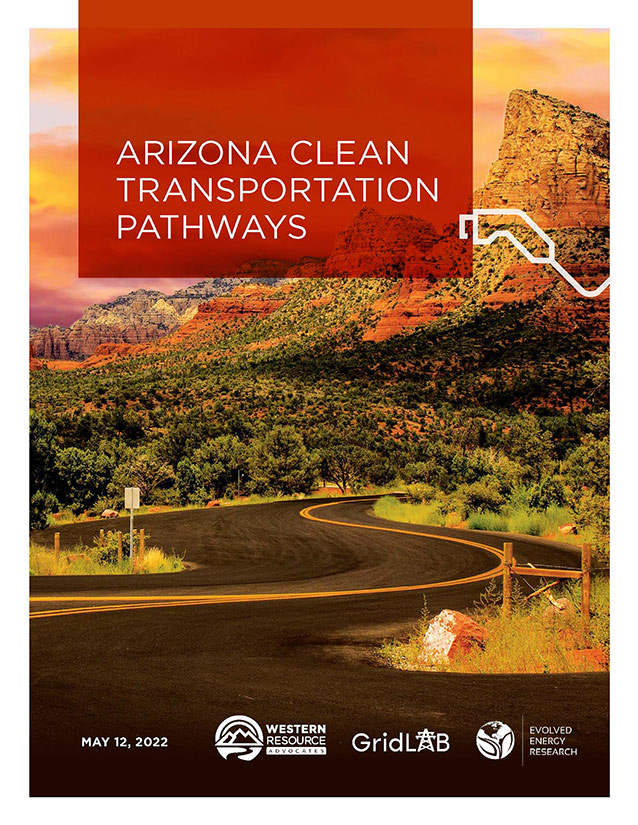In the summer of 2021, Western Resource Advocates (WRA) commissioned GridLab and Evolved Energy Research for a joint study to investigate the role of transportation electrification in economy-wide decarbonization for the state of Arizona. As of early 2022, Arizona still lacks significant binding clean energy goals or transportation decarbonization measures. This study analyzes various pathways to decarbonizing Arizona’s economy by 2050 and meeting emission reduction goals set out by the International Panel on Climate Change (IPCC), with a particular focus on the relative costs of different decarbonization strategies in Arizona’s transportation sector. The study also examines least-cost pathways to reduce carbon emissions from other sectors, including the power sector, in achieving economy-wide decarbonization. With the aim of developing pathways to help Arizona meet decarbonization targets that are aligned with internationally recognized climate goals, the project team designed and analyzed six transportation decarbonization scenarios centered around these key questions:
- What transportation goals should Arizona pursue in order to meet long-term decarbonization targets?
- How do energy rules within the power sector impact state investments?
- How fast do electric vehicle sales need to ramp up to achieve the lowest cost decarbonization outcome?
- What are the differences in possible infrastructure investments across sectors of the economy?
- What types of clean fuels, such as hydrogen or biofuels, will be required for Arizona to meet its transportation decarbonization goals?
- What are the relative costs of different transportation decarbonization strategies, and which is most favorable?
The technical report was completed on February 28, 2022. This report presents the main conclusions of the study.


